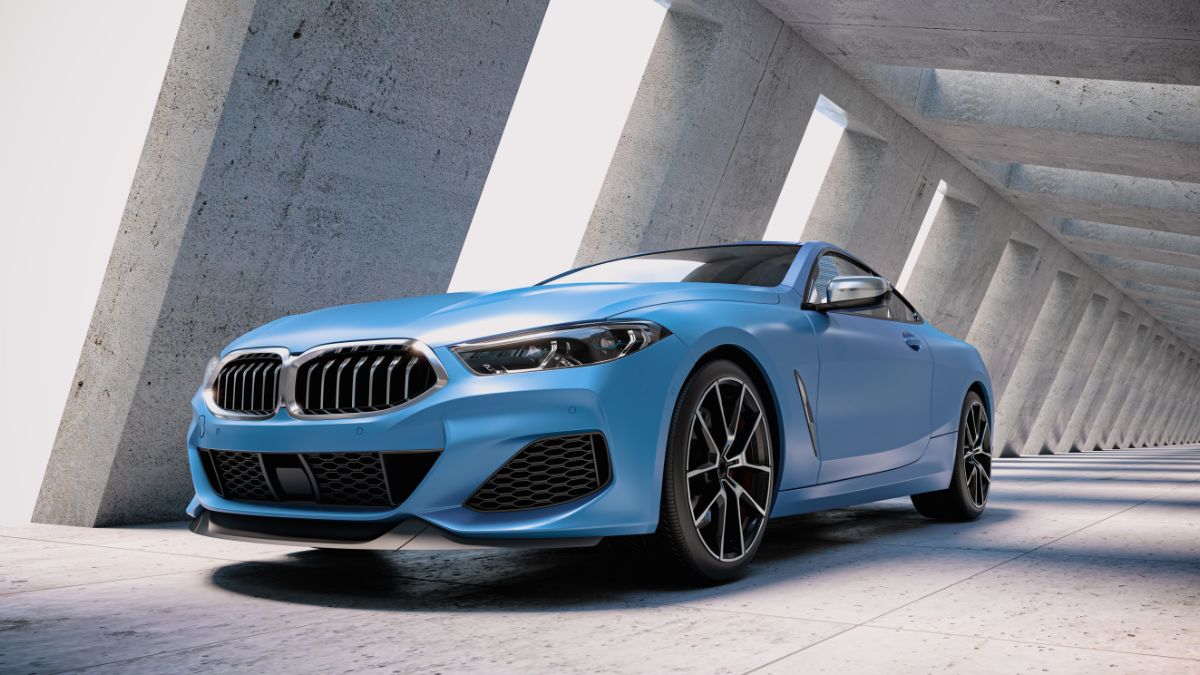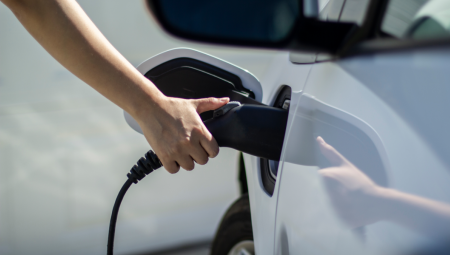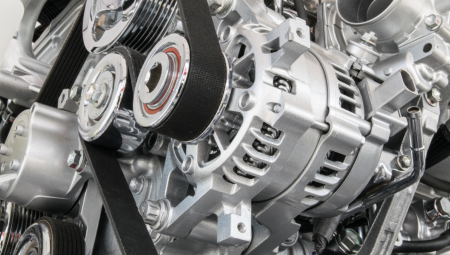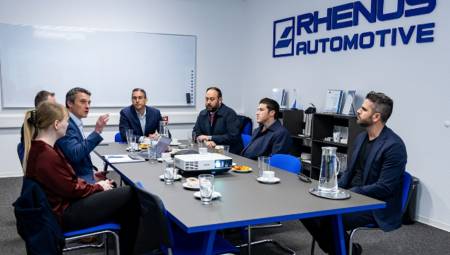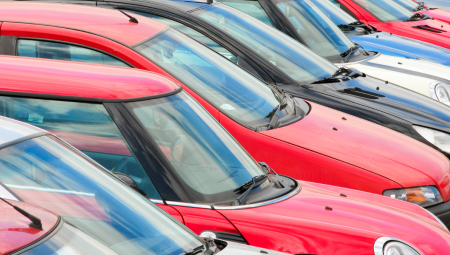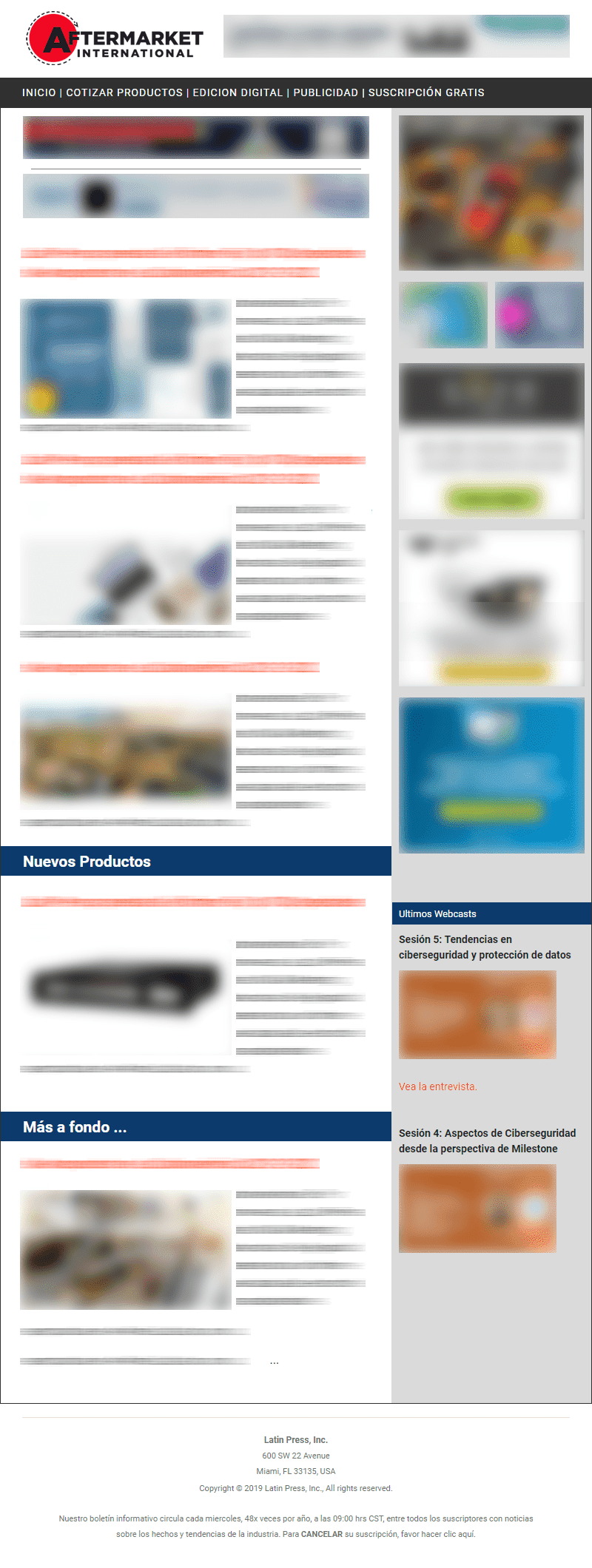International. The market for sensors for automated vehicles is expected to reach $19.1 billion by 2030 globally, with a compound annual growth rate of 62.6%, according to a study by MarketsandMarkets™.
The increasing adoption of automated vehicles is leading to increased demand for sensors, such as cameras, radar sensors, and lidar sensors, among others. These sensors are critical for features such as lane keeping, adaptive cruise control, and automated parking, thereby driving the growth of the market.
The software segment is expected to be the fastest-growing, owing to the need for faster and more accurate algorithms and software platforms to detect objects with low latency. Meanwhile, the hardware segment is estimated to maintain a larger share in the market during the forecast period.
North America and Europe are leading technological advancements in this market, with several governments investing in automated driving technologies and encouraging the adoption of advanced driver assistance features.
The increase in luxury vehicle sales in the region and the demand for advanced automotive safety features will likely positively impact the demand for autonomous vehicle sensors in North America, according to the study.
Today, many automakers are collaborating with automotive software providers to develop automated driving and safety systems. Radar sensors lead the market in value, being used for a variety of safety features, such as automatic emergency braking and blind spot detection.
The continued growth in demand for autonomous vehicles and ADAS safety features is expected to further drive the automated vehicle sensor market in the coming years.
Government initiatives and collaborations with original equipment manufacturers (OEMs) to support autonomous driving testing will further increase the demand for sensors. The demand for automotive sensors in the region is expected to be driven by increasing government regulations mandating the use of advanced safety features in vehicles and the growing awareness and acceptance of the technology among consumers.
The development of new technologies such as V2X (vehicle-to-everything) communication, advanced sensors, and machine learning algorithms, along with increasing partnerships and collaborations between automakers, technology companies, and suppliers to develop and integrate sensor and sensor fusion technologies, is expected to drive the demand for sensors in the region.
The increasing demand for automated vehicles will drive the growth of the market in the coming years. The presence of leading automotive software vendors, such as NVIDIA and Qualcomm, in the region will also drive the demand for sensors for automated vehicles.


